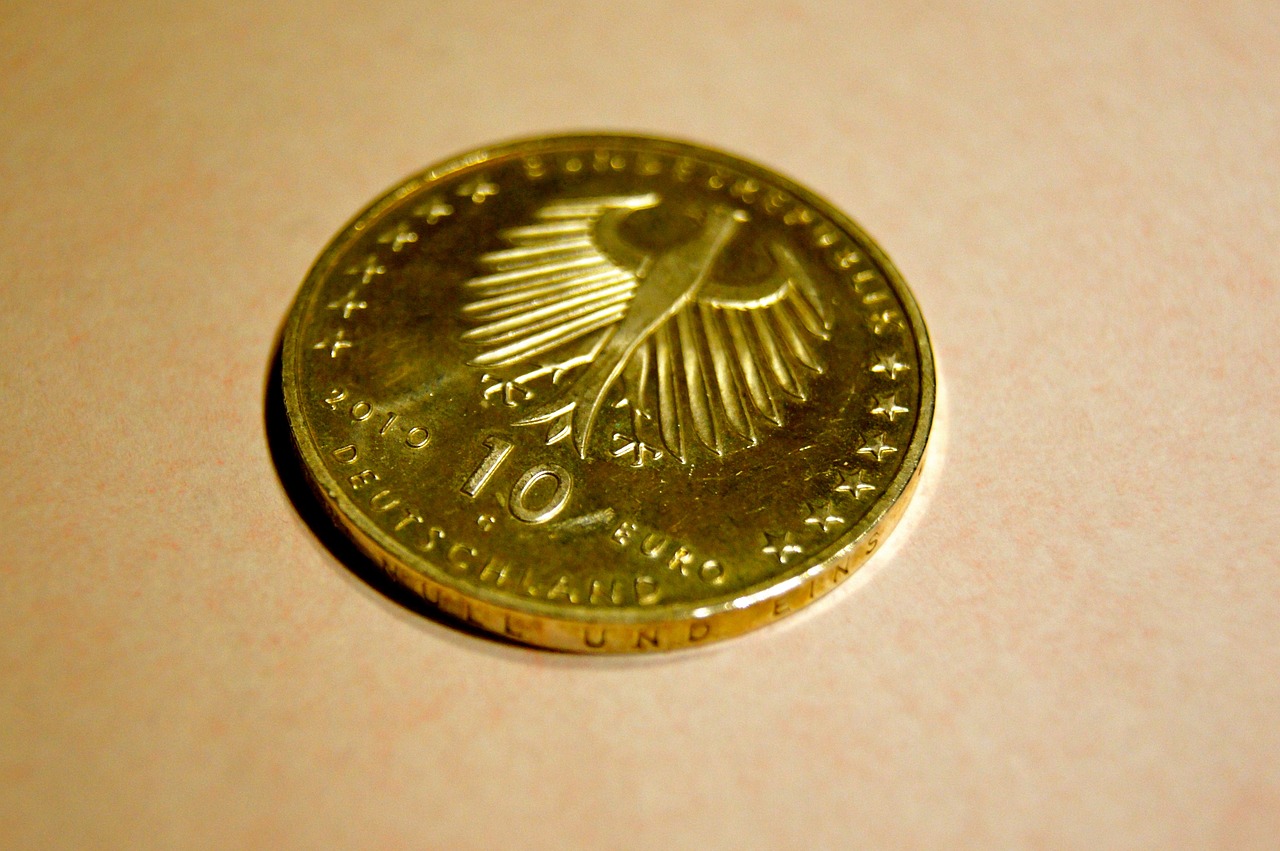
Central banks employ monetary policy as a key instrument to manage the money supply, interest rates, and overall economic activity in a country. The management of a country’s currency and financial system is crucially dependent on central banks, who have as their main goals fostering price stability, long-term economic growth, and full employment.
To properly implement monetary policy, central banks can use a variety of tools. The discount rate, reserve requirements, and open market transactions are the most often used instruments. We have explained these tools below as thus:
1. Open Market Operations:
The central bank engages in open market operations when it buys and sells government securities. The central bank expands the money supply by adding funds to the banking system when it buys these securities. In contrast, when it sells securities, it takes money out of the banking system and decreases the amount of money in circulation. Central banks can influence short-term interest rates and manage inflation by regulating the quantity of money that is in circulation in the economy.
2. Reserve Requirements:

Reserve requirements, established by central banks, specify the portion of deposits that commercial banks must retain in reserves. By raising reserve requirements, the central bank can tighten credit and lower inflation by lowering the amount of money available for lending. On the other hand, lowering reserve requirements gives banks more money to lend, boosting activity in the economy and fostering growth.
3. Discount Rate:
The interest rate at which commercial banks can borrow money directly from the central bank is known as the discount rate. By increasing the discount rate, the central bank can encourage banks to be more cautious with their lending decisions and ease inflationary pressures by increasing the cost of borrowing for banks. By reducing the discount rate, banks may borrow money for less, which encourages them to increase their lending and stimulate the economy.
The central bank's capacity to accurately appraise the current status of the economy and forecast its future direction determines how effective monetary policy will be. To make wise judgments, central banks keep a close eye on important economic indicators like inflation, unemployment, GDP growth, and consumer spending trends.
 A difficult balance must be struck by central banks between reining in inflation and fostering economic expansion. A monetary policy that is too loose can result in inflationary pressures, while a policy that is too tight can hinder economic activity.
A difficult balance must be struck by central banks between reining in inflation and fostering economic expansion. A monetary policy that is too loose can result in inflationary pressures, while a policy that is too tight can hinder economic activity.
How Central Banks Control The Money Supply, Interest Rates, And Inflation
There are many ways by which the central bank controls the money supply, inflation, interest rates, and other economic instruments. No one country has one particular way of monetary control or inflation control. All of them apply these control measures according to their economic situation.
They control these things almost the same way they conduct monetary policies. As for the amount of money in supply, the government usually resorts to buying and selling securities in the open financial market. The reason for this is that open market operations often affect any short-term interest rate. The Implication of this is that it influences economic activities, as well as long-term rates.
In most cases, some economies take to printing money to fight inflation or control the amount of money in circulation. Although this method has been widely criticized by professionals who cited that the amount of minted currencies does not correspond to the gold reserves, which are supposed to be pegged to it.
Conclusion
To control a country’s economy and guarantee financial stability, central banks might use monetary policy. Central banks can regulate the money supply, affect interest rates, and have an impact on overall economic activity through open market operations, reserve requirements, and changes to the discount rate. The central bank must be able to make well-informed choices based on current economic data for these measures to be effective. Central banks may guide their countries toward sustained prosperity and stability by implementing a sensible and proactive monetary policy





